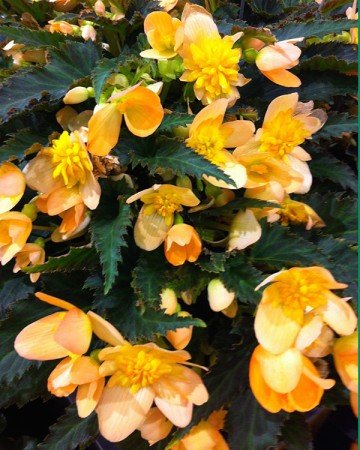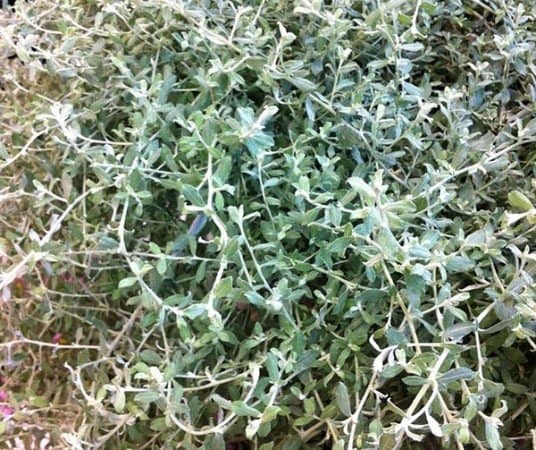Is it too early to think about what to plant in next year’s containers, even though many of this year’s displays are still going strong? Especially when I haven’t even planted my fall bulbs yet? However, after seeing some of the new bedding plants that will be introduced next year, it’s hard not to think ahead. I got a peek at what’s in the growers’ greenhouses at the 35th Canadian Greenhouse Conference this week in Niagara Falls, Ont.
At the conference, growers, greenhouse suppliers, manufacturers and researchers are checking out the newest technology and products. But naturally I linger over the displays by plant breeders and developers who are showing their 2015 introductions. Here are a few of the new bedding plants from Ball, Colonial Florists Ltd., Dummen and Syngenta that I’ll be watching for.

Lantanas are a favourite for hot, sunny locations, and I love the tonal shadings on their flowers. Plants in the Landscape Bandana Lantana Series from Syngenta grow to a massive size with sturdy, woody stems. They would be ideal in the landscape, as well as in large containers. The pink variety at their booth was especially pretty.

Two begonias for sun or shade from Dummen caught my eye. The massive blooms on Miss Montreal in the Begonia Red Fox Unbelievable Series are a luscious cream, edged with a thin line of coral-pink. The effect is soft without being wimpy. A Dummen representative told me she thinks the colour trend in gardens is shifting from bright hot colours to rich pastels, and many of the begonias and petunias at the conference reflected that.

Another begonia in the same series, Lucky Strike, is a blend of clear lemon and peach. The foliage is what sets this begonia apart: dark blue-green leaves are narrow and pointed, framing the flowers nicely.

Sometimes trailing helichrysums — even the small-leaved varieties — can be stiff and gangly in a hanging basket. Silver Star helichrysum, which will be offered by Colonial Florists Inc., has the smallest leaves I’ve seen on a trailing helichrysum. The stems are soft and flexible, too, making it dainty and accommodating.
Several breeders are working on alternatives to downy mildew-prone impatiens (Impatiens walleriana). Selecta, part of Ball, will be introducing Bounce and Big Bounce interspecific impatiens (I. hybrida), which have the flower power of standard impatiens, but the disease-resistance found in other impatiens, such as New Guinea impatiens. Plants in the Bounce Series grow in sun or shade, and if water stressed, will “bounce” back after watering.
Also from Ball: Blue-Eyed Beauty, a bi-colour osteospermum in their Serenity Series, with bright yellow petals and a purple eye; and several new colours in the EnduraScape Series of verbena, including a deep, rich purple. This series of verbena is noted for its non-stop flowering, even in extreme heat.
It’s clear that plant developers and breeders have been busy in their labs and greenhouses, and there’s much to look forward to next spring. After admiring the plants, I went on a hunt for new technology that that would take my many bags of fall bulbs and plant them for me but, alas, that has yet to be invented.

What is the name of the red begonias that are in hanging pots and standing pots along the falls and all over Niagara On the Lake. What is the secret to getting them this large and healthy?
Hello Katie,
I’ll contact the NOTL parks department to see if that specific information is available. My guess is that the begonias are one of the Firefly Series types. Regarding their size: I do see parks staff watering and feeding on a frequent basis. They probably start with large plants in the spring, too.